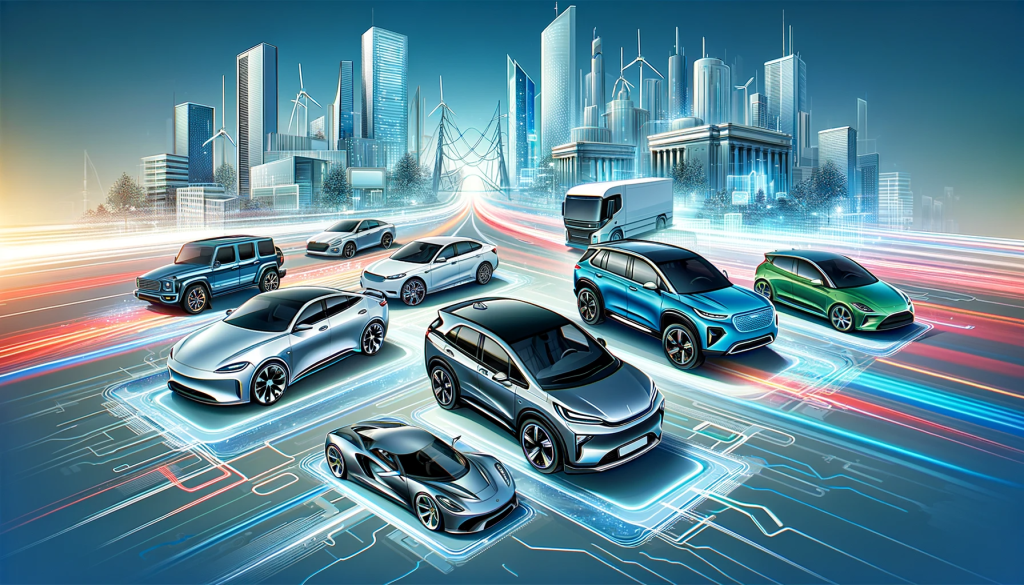In the world of battery technology, lithium-ion batteries stand at the forefront of energy storage solutions. Recent advancements in this field promise to revolutionize how we store and use energy, from powering electric vehicles to supporting renewable energy systems. This article delves into the latest breakthroughs that are enhancing the performance, safety, and sustainability of lithium-ion batteries.
1. Boosting Energy Density with Silicon Anodes
The quest for higher energy density in lithium-ion batteries has led to the exploration of silicon anodes. Silicon, known for its high capacity to store lithium ions, outperforms traditional anode materials. Recent studies have demonstrated how silicon anodes can significantly enhance a battery’s energy storage capacity, offering a promising avenue for more powerful and long-lasting batteries.
2. The Rise of Solid-State Polymer Electrolytes
A major leap in lithium-ion battery technology is the development of solid-state polymer electrolytes. These materials not only provide better safety by reducing the risk of leaks and fires but also improve the battery’s stability and durability. Diverse types of polymer electrolytes are being tested to enhance ionic conductivity and overall battery efficiency.
3. Innovations in Battery Safety: Graft Polymerization Techniques
Safety remains a paramount concern in lithium-ion batteries. Innovations like graft polymerization techniques are being used to create stronger, heat-resistant separators within the battery. These modifications not only improve the safety profile of lithium-ion batteries but also bolster their performance, especially in high-demand applications like electric vehicles.
4. New Chemistries and Design Modifications
The lithium-ion battery industry is continually evolving, with new chemistries and design modifications. Efforts to source alternative materials like lithium-sulfur and sodium-based designs are underway, aiming to overcome the limitations of current lithium-ion batteries, such as material sourcing and safety issues. These advancements could usher in a new era of high-energy, cost-effective battery solutions.
5. Cutting-Edge Developments: Tabless 4680 Cells and Graphene Batteries
Tesla’s introduction of the tabless 4680 battery cell marks a significant advancement in battery design, offering more power and energy with faster charging capabilities. Graphene batteries also represent a major breakthrough, storing more energy and recharging quicker than traditional batteries. These innovations point towards a future where batteries are more efficient, powerful, and versatile.
6. Exploring Solid-State Batteries and Alternative Resources
The shift to solid-state batteries signifies a paradigm change in battery technology. These batteries, using solid metal electrodes and solid electrolytes, offer increased safety and energy density. Research into using sodium as an alternative resource for these batteries broadens the scope for more sustainable and abundant battery materials.
7. Future-Oriented Technologies: Self-Healing and Nano-sized Batteries
Emerging technologies like self-healing lithium-ion batteries promise to extend battery life significantly. Meanwhile, the development of nano-sized lithium-ion batteries opens up new possibilities for miniature electronic devices, showcasing the incredible potential for further miniaturization and efficiency in battery technology.
Conclusion
The advancements in lithium-ion batteries are setting the stage for a more efficient, safe, and sustainable future in energy storage. From enhancing energy density to exploring new materials and designs, these breakthroughs are pivotal in shaping the future of energy use across various sectors. As we continue to innovate, lithium-ion batteries will remain at the heart of the global transition towards cleaner and more reliable energy solutions.
